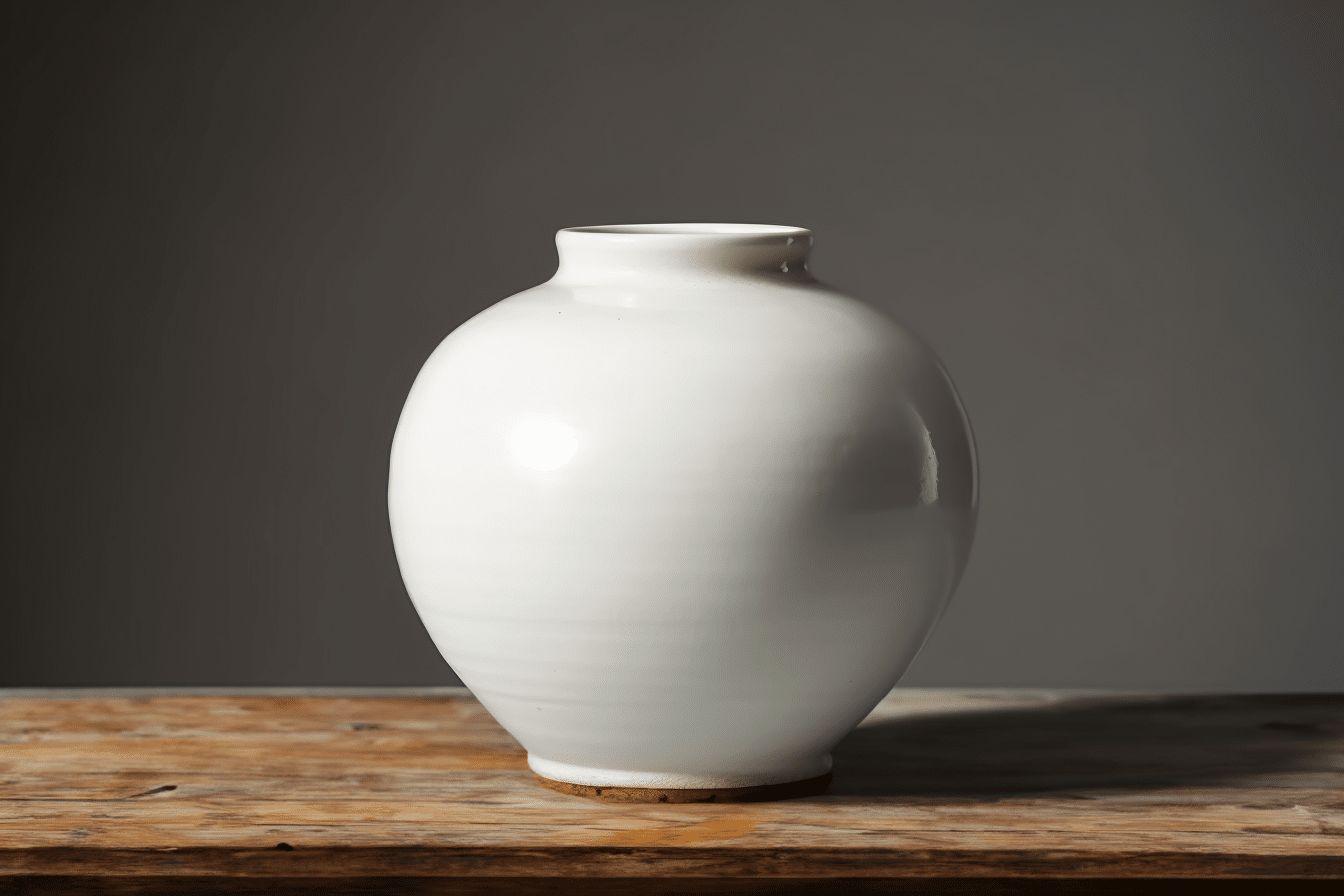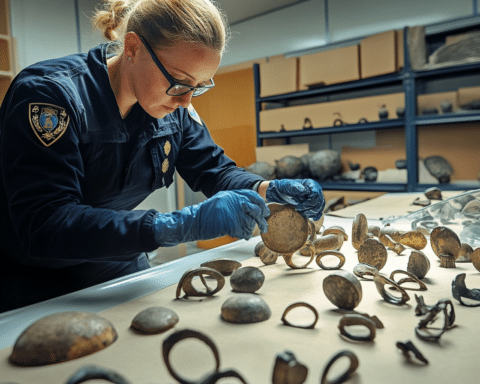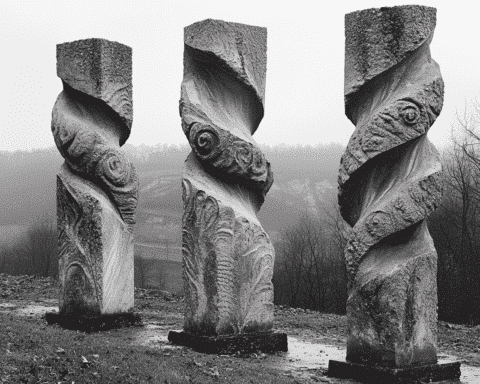The Enigmatic Charm of Korean ‘Moon Jars’ Valued in Millions
Aged, spherical, and imperfect, yet captivating — this is how fans of Korean art portray the “dalhangari” or moon jar.
This simple white ceramic has captured the hearts of diverse admirers, from BTS’s RM to thinker Alain de Botton.
Beth McKillop, the ex-director of the Victoria and Albert Museum in London, labels the moon jar as an “icon of Korean identity.” Illustrating their skyrocketing demand, a moon jar was recently auctioned at Christie’s for an astounding $4.5 million.
Soon, a unique piece from the late 17th or early 18th century will be up for grabs at Sotheby’s, New York, with an anticipated bid surpassing $3 million.
From Sotheby’s, Angela McAteer mentioned in a video call that the global fascination with moon jars contributes to their escalating value. “You’ve got an international cohort of bidders competing for them, so it’s gone beyond the traditional connoisseur collecting community of Korean art.”
Their hefty price is also attributed to their scarcity. Crafted in the royal kilns of the Joseon dynasty for over a hundred years, only a limited number are believed to exist today. Estimates suggest that just 12 to 30 of the larger ones (over 15.7 inches in height and width) remain.
Today, these treasured artifacts can be found in esteemed institutions like the British Museum or with private collectors globally.
The Legacy of ‘Moon Jars’
Originating from the royal kilns in Gwangju between 1650 and 1750, moon jars were crafted from white porcelain and kaolin clay. Embodying neo-Confucian values of their era, they were primarily used as containers or decorative items in elite households.
Their international recognition surged in the 20th century due to influential figures like Yanagi Soetsu and British potter Bernard Leach. Leach equated owning a moon jar to “owning a piece of happiness.” His cherished jar eventually found a home at the British Museum.
Charlotte Horlyck, a Korean Art History scholar, highlighted the moon jar’s post-WWII significance as they merged international modernistic aesthetics while preserving their Korean essence.
Mystique Surrounding the ‘Moon Jars’
Sotheby’s recently painted a picture of a moon jar as an object of immense inspiration and tranquillity. Numerous accounts highlight their profound emotional resonance.
For instance, Choi Sunu, ex-director of the National Museum of Korea, saw them as muses. Bernard Leach cherished their effortless authenticity. In a symbolic gesture, a moon jar represented a unified Korea for the Unification Minister Yu Woo-ik in 2012.
The global star, RM from BTS, shared his serene experience with a moon jar on social media.
McAteer eloquently describes the moon jar’s hypnotic allure. “The surface is just alive, you know.”
Influences on Contemporary Potters
Today’s Korean ceramists, influenced by these jars, are crafting their distinctive versions. While Kim Syyong’s jars are draped in black, Yun Ju Cheol and Choi Bo Ram introduce innovative designs. Meanwhile, Kwon Dae Sup reveres tradition, focusing on replicating the original creation process.
Creating a moon jar is a demanding task involving thorough preparation, meticulous craftsmanship, and long hours of attentive kiln monitoring. Kwon’s dedication stems from his profound emotional bond with these jars. “They feel alive,” he noted.
In a book by Axel Vervoodt Gallery, Kwon mentions his aspiration to craft timeless pieces that exude tranquillity and resonate universally.
The enduring allure of the moon jar is a testament to its timeless beauty and the rich cultural tapestry it represents. As modern artists reimagine this iconic vessel and collectors revere its elegance, the moon jar bridges Korea’s illustrious past and ever-evolving present. Its graceful form, steeped in history, continues to inspire, soothe, and captivate, ensuring its legacy will resonate for generations.




